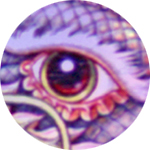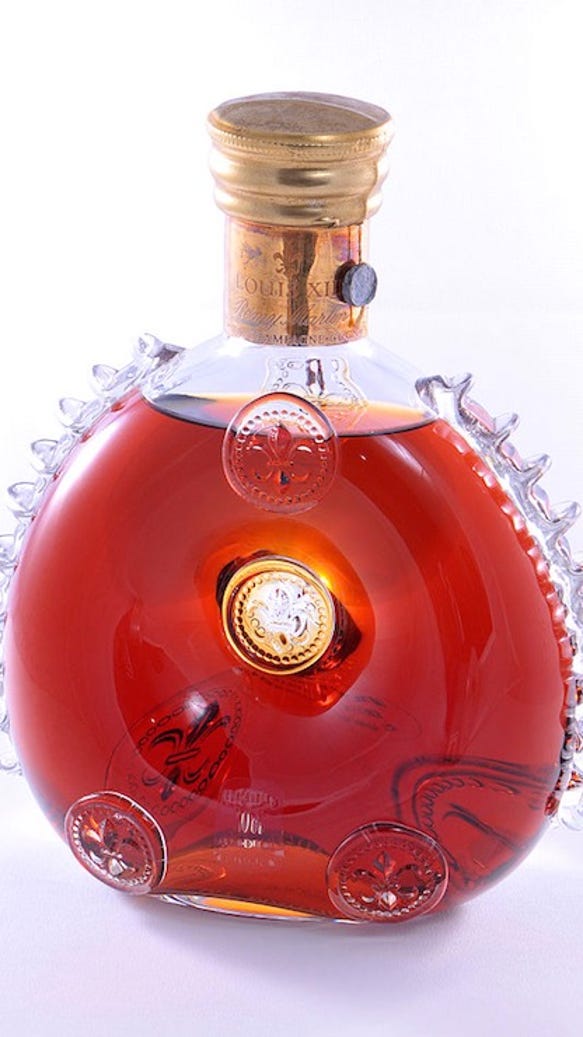Tasting China’s New, $250-a-Bottle Luxury Wine, Backed by LVMH
Meet the first serious—and seriously good—red from the fledgling wine country.
Elin McCoy
April 19, 2016 — 8:48 AM PDT
The makers of a new red blend from China are aiming to lure luxury wine connoisseurs from such established regions as Napa and Bordeaux, betting they’ll spend $250 a bottle on something novel and adventurous.
I got a sneak preview of the first vintage of the wine at a dinner last week in Manhattan, where I was the first U.S. journalist to taste it. The Chinese red, which is backed by luxury powerhouse LVMH, is evocatively labeled Ao Yun, which means “roaming above the clouds.” It’s a reference to the craggy, remote aeries in which the grapes are grown in the Tibetan foothills.

Jean-Guillaume Prats, president of Moët Hennessy Estates & Wines division, discusses its new Chinese wine, Ao Yun, at a dinner at La Chine restaurant in New York on April 12, 2016. Source: Moët Hennessy USA
With the hefty price tag, only 24,000 bottles in existence, and a romantic “epic journey” story, this red blend seems squarely aimed at thrill-seeking collectors anxious to try the latest. Is it worth it? If you measure value by the effort and money it took to make the wine, the answer is yes.
As for the flavor, the quality is definitely there—if not quite commensurate with the price point. Deep-colored, luscious 2013 Ao Yun is certainly the best red from China I’ve yet sampled. The blend of 90 percent cabernet sauvignon and 10 percent cabernet franc is ripely fruity, dark, and powerful, with a spicy tang, a hint of licorice, and a silky smooth texture. It’s nearly 15 percent alcohol and tastes unique, something like a combo of a Spanish Ribera del Duero and a Napa cult cab. There’s tons of tannin, so it should age for a long, long time. It was a pretty good accompaniment to braised short ribs, too.
The Backstory
But let me back up. Before dinner, as we sipped another LVMH wine (a 2006 Dom Perignon), the president of Moet Hennessy’s Estates and Wines division Jean-Guillaume Prats, filled me in on its complicated story.
The venture began in 2009, when Christophe Navarre, chief executive officer of Moët Hennessy, indulged a long-held dream to find a spot in China that would be perfect for making red wine. He tapped Australian enologist Tony Jordan (who had established Chandon in Australia and managed the company’s other wine estates there) to undertake a several-year-long search throughout China for the best terroir.
Jordan rejected provinces in which other producers are deeply engaged in the race to produce a great Chinese red. Shandong, an eastern coastal province where Château Lafite Rothschild has a joint-project, was too wet. Ningxia, where Moët Hennessy founded a Chandon sparkling wine facility on the Yellow River in 2013, was too cold; vines have to be covered up in winter so they don’t freeze.

Mainri Snow Mountain rises above the villages that provide the grapes for Ao Yun. Source: Moët Hennessy USA
He ended up in the northwestern part of Yunnan province, adjoining Tibet, where Jesuit missionaries had planted vines in the 19th century.
In 2002, the local Chinese government helped farmers in 25 or so Tibetan villages on the steep slopes above the Mekong River plant cabernet vines as a way to diversify their crops. Moët Hennessy selected four villages, two on each side of the river, at elevations from 7,200 to 8,500 feet, for their grape potential.
The 320 plots of vines the company controls are interspersed with rows of tomato and occasional hashish plants. Moët Hennessy has a 50-year lease on the vineyards, a partnership with Chinese baijiu producer VATS. The closest major city is Shangri-La, named for the peaceful utopia in the novel Lost Horizon.
The Climate
“It’s not about soil,” insisted Prats, “but about how many hours of sunshine you have and what the cycle of weather is.”
Thanks to the altitude, the climate is dry and cool, but because of shadows from the mountains, there’s sunlight only from 11 a.m. to 3 p.m. The growing cycle is 160 days from flowering to harvest, longer than the 120 in Bordeaux. “Think of it like slow cooking,” explained Prats. “Sunlight over a longer period of time creates intensity and tannins that are very, very silky.” The soil is gravel that washed down from the mountains.

A bottle of Ao Yun. Source: Moët Hennessy USA
“But making wine there is a logistical nightmare,” Prats admitted. From Shangri-La, visitors must climb into a four-wheel-drive vehicle and drive four to five hours on a narrow, treacherous road through a mountain pass at 14,000 feet. He showed me photos of getting caught in a snowstorm en route. Carrying bottles of oxygen in the car in case of dizziness, he said, is essential.
An Uphill Battle
Maxence Dulou, the estate manager from Bordeaux, faces other challenges: There’s no electricity on the farms, and tenders use yaks instead of tractors. Everything is organic and has to be done by hand.
For the first vintage, the fermentation tanks didn’t arrive; the truck driver bringing them had ended up in jail after running over someone, and the truck and tanks were impounded. So the grapes were fermented in a rented facility in the kind of ceramic jars used to create the potent Chinese liquor baijiu.
The winery in Adong, the highest village at 8,500 feet, was finally completed in the spring of 2014.
Why did a luxury company known for elegant champagnes, sophisticated handbags, and ethereal perfumes decide to take on the challenge of making great wine in such a remote region of China?

Vineyards on both sides of the Mekong River provide grapes for Ao Yun . Source: Moët Hennessy USA
Prats, former director of Château Cos d’Estournel in Bordeaux, reminds me that Moët Hennessy went to Argentina in 1959 and was the first French company to invest in Napa, back in 1973.
The wine will debut at VinExpo Hong Kong in May and in Europe in June, with the official China launch on June 6 at the French embassy in Beijing. Only one-third of the bottles are reserved for China, but Prats has already received Chinese offers to buy the entire production.
Moët Hennessy has earmarked 500 cases for the U.S.; the wine will arrive at New York wine merchant Sherry-Lehmann in September and will be carried in three shops in Washington, Los Angeles, and San Francisco.






 Reply With Quote
Reply With Quote













